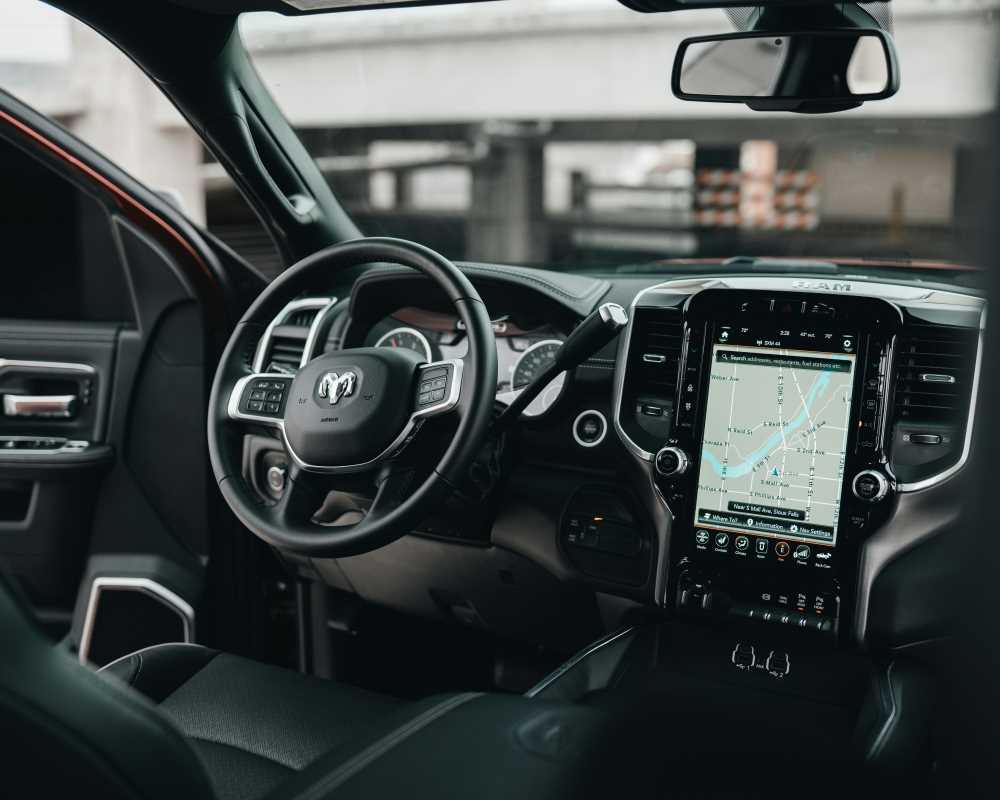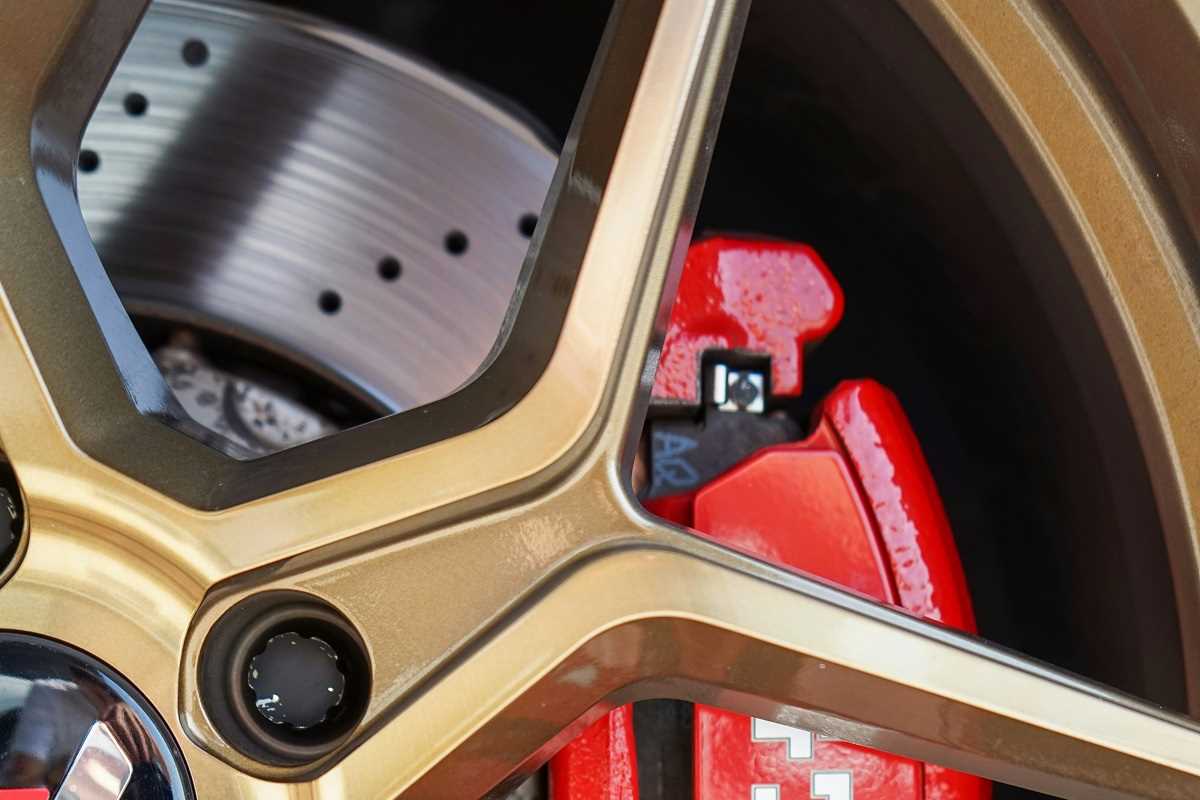Electric vehicles are popping up everywhere, from city streets to suburban driveways. They’re quiet, quick, and a crucial part of making transportation cleaner. But as millions of new EVs hit the road, a big question is starting to loom: what happens to their batteries when they wear out? The thought of mountains of used batteries piling up is a serious concern. These power packs are full of valuable and sometimes scarce materials. The good news is that scientists and engineers are racing to turn this potential waste problem into a massive resource. A wave of amazing innovations is making it possible to recycle these batteries, creating a sustainable loop where old batteries power the cars of the future.
Why We Need to Recycle EV Batteries
An electric vehicle's battery is its heart. It’s a complex package containing critical minerals like lithium, cobalt, nickel, and manganese. Mining these materials from the earth is expensive, energy-intensive, and can have significant environmental and social impacts. Simply tossing old batteries into a landfill would not only be a huge waste of these precious resources but also a potential environmental hazard. Recycling allows us to recover these valuable metals and put them right back into the manufacturing supply chain. This reduces the need for new mining, lowers the cost of new batteries, and makes the entire lifecycle of an electric vehicle far more sustainable.
Today's Recycling Methods Explained
Currently, there are a few main ways recyclers tackle old EV batteries. The most common process starts with mechanical shredding, where the entire battery pack is chopped into small pieces. These bits are then separated using magnets and other techniques to sort out the different metals. Another method is pyrometallurgy, which involves smelting the battery materials in a giant, super-hot furnace. This melts everything down, allowing recyclers to separate the metals as they cool. A third approach is hydrometallurgy, which uses a chemical process. The shredded battery material is dissolved in a bath of acids, creating a solution from which individual metals like lithium and cobalt can be selectively extracted.
Exciting Breakthroughs on the Horizon
While current methods work, they can be energy-intensive and may not recover every single material. That's why researchers are developing smarter, more efficient techniques. One of the most promising is direct cathode recycling. Instead of breaking the battery materials down into their basic elements, this method carefully removes the valuable cathode material, rejuvenates it, and puts it directly into a new battery. This "closed-loop" process saves a huge amount of energy and preserves the complex structure of the materials. Scientists are also creating safer solvent systems that use less harsh chemicals, and companies are deploying robots that can automatically and safely disassemble battery packs, which is a tricky and dangerous job for humans.
Giving Old Batteries a Second Life
Not every EV battery is ready for the shredder once it can no longer power a car. A battery might be considered "retired" from a vehicle when it can only hold about 70-80% of its original charge. While that’s not enough for driving, it’s still a lot of storage capacity. This has opened up a huge market for "second-life" batteries. These used battery packs are being repurposed for stationary energy storage. They can be used to store solar power for a home, provide backup power for a business, or help stabilize the electric grid, extending their useful life for another decade or more before they finally need to be recycled.
The Impact on Cost and Sustainability
Effective battery recycling has a massive positive impact. By creating a reliable source of recycled materials, it helps insulate battery manufacturers from the wild price swings and supply chain disruptions of the global metals market. This can lead to lower costs for new EVs, making them more affordable for everyone. From a sustainability standpoint, the benefits are even bigger. Recycling uses significantly less energy and water than mining new materials from the ground. It creates a circular economy for batteries, where the resources are used again and again, drastically reducing the environmental footprint of each vehicle.
Designing for a Circular Future
To make recycling even easier and more efficient, car and battery manufacturers are beginning to focus on "design for recycling." This means designing new battery packs with their end-of-life in mind. They are exploring ways to make batteries easier to disassemble, using fewer types of strong glues and more standardized fasteners. Governments are also stepping in with policies that encourage recycling and set targets for the use of recycled content in new batteries. This combination of smart design and supportive policy is paving the way for a future where nearly 100% of a battery's materials can be recovered and reused.
What to Watch for Next
The world of EV battery recycling is moving incredibly fast. The next few years will see these innovative recycling technologies scale up from labs and pilot plants to massive, commercial-scale facilities. We can expect to see recovery rates for key minerals like lithium and cobalt climb ever closer to 100%. As more companies compete to offer the most efficient and cost-effective recycling solutions, the cost will continue to fall. This will accelerate the transition to a truly circular economy for electric vehicles, ensuring that the clean cars of tomorrow are built with the recycled resources of today.
 (Image via
(Image via





